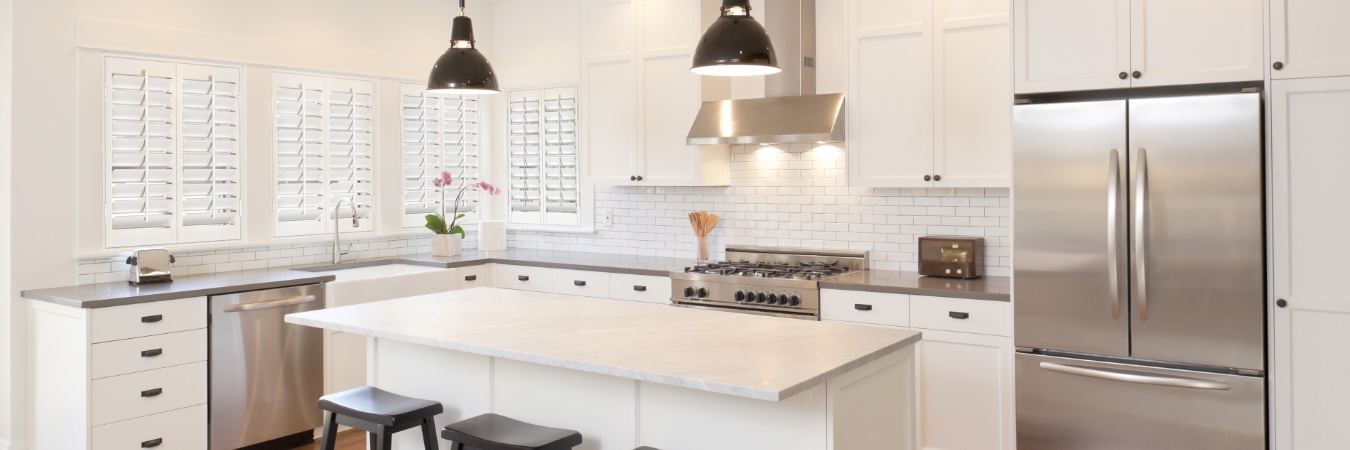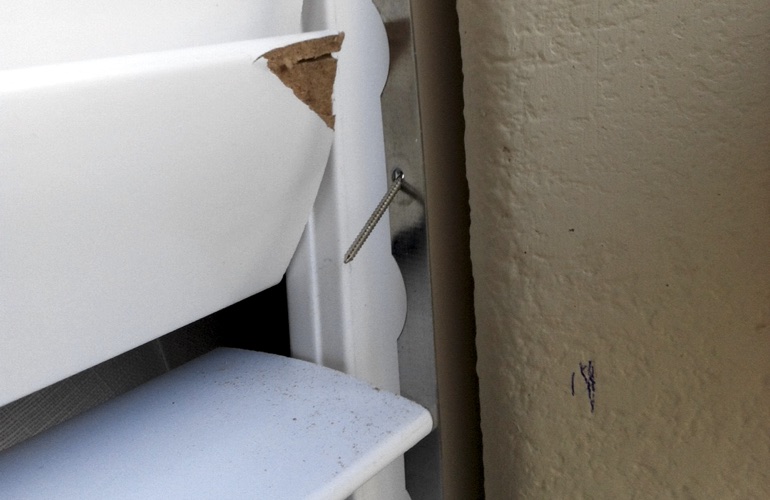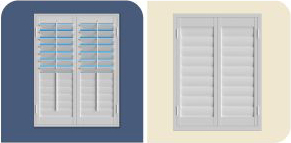
3 Ways Polywood Shutters Are A Better Choice Than Hollow Vinyl And Composite Shutters In Boise, ID
December 15, 2015
Plantation shutters in Boise come with different options. And when you want to know which non-wood shutter is the best for your home, it might be hard to discern the differences. You can unknowingly choose the wrong type and end up purchasing shutters that won’t last. Are solid polymer shutters, like our best-selling Polywood® shutters, worth more than MDF (multi-density fiberboard) or hollow vinyl shutters? Here are three ways Polywood shutters are preferred over composite shutters in Boise, ID to help you decide.
1. Polywood vs Composite Shutters Durability
Polywood shutters are crafted from a top grade solid polymer that leads to the most durability, rigidity, and color-retention than any other shutter on the market. This means the shutter louvers will not chip as time goes by. In contrast, composite shutters are built from a pressed-board core, wrapped with poly-vinyl. The vinyl covering the pressed board is likely to peel off from the core material quickly. And this peeling is accelerated in wet, hot, and humid environments. Hollow vinyl shutters are another option for non-wood shutters. But they disintegrate the fastest in large part due to the substance.
Both kinds of non-wood shutters are vulnerable to warping and deterioration under varying weather conditions in Boise. Polywood is made with UV inhibitors that divert heat. And since heat is the major problem in splitting the shutter louvers, Polywood is hands down the longest lasting plantation shutter you can find.
2. Polywood vs Composite Shutters Color Fastness
Polywood shutters come in three superior white paints. These paint finishes are baked on each piece at hotter temperatures than Boise has seen. This patented finishing process includes UV inhibitors and ensures the color never fades.
Other types of non-wood shutters come with no or low quality paint finish. In most cases, the vinyl wrap is the final color. Although it looks good when installed, this finish fades over time. And when it comes to hollow vinyls, some are painted. But since the material conducts heat, this negatively influences the finish day after day.
3. Polywood vs Composite Shutters Energy Efficiency
Third party testing illustrates that Polywood shutters reduce heat transfer by up to 45% and shield against 30° of temperature. This means that Polywood insulates up to 70% better than even the best solid wood shutter.
It’s the heat blocking properties of the solid polymer material Polywood’s made of that make these plantation shutters so energy efficient. However what makes Polywood stand out even more from composite shutters is the weatherstripping on louvers and panels. All you have to do is interlock the weatherstripping pieces as you close the panels. This gives you a very tight seal against the effects of the weather outside. No composite shutter can offer the energy savings that Polywood does.
The Sunburst Team In Vegas’s First Hand Experience With The Durability Of Polywood Shutters
In 2004, Sunburst Shutters Las Vegas had Polywood shutters fastened to the sides of their trucks as part of the graphics. These trucks were parked outside and sustained all the weather conditions Nevada is known for. That’s extreme heat for almost five months each year!
Those plantation shutters had been attached to our trucks for at least 7 years. That’s when our team organized an experiment to see how effective Polywood is in retaining the original paint color. We dusted off the Polywood shutter that was on the truck. And we brought a new Polywood shutter and held it up next to it to compare. We found the color to be unchanged. We didn’t see any discoloration or fading. It was further validation for us that this paint finish is indeed the best around!
And since Polywood can endure all that abuse and heat travelling on a truck for over 7 years, it’s undoubtedly the strongest shutter for your residence in Boise, ID.


